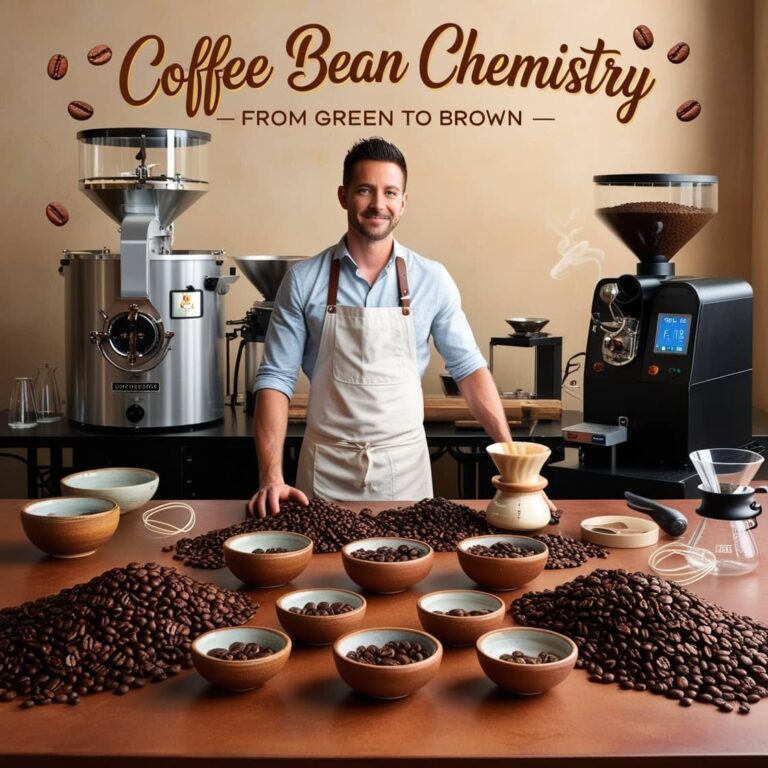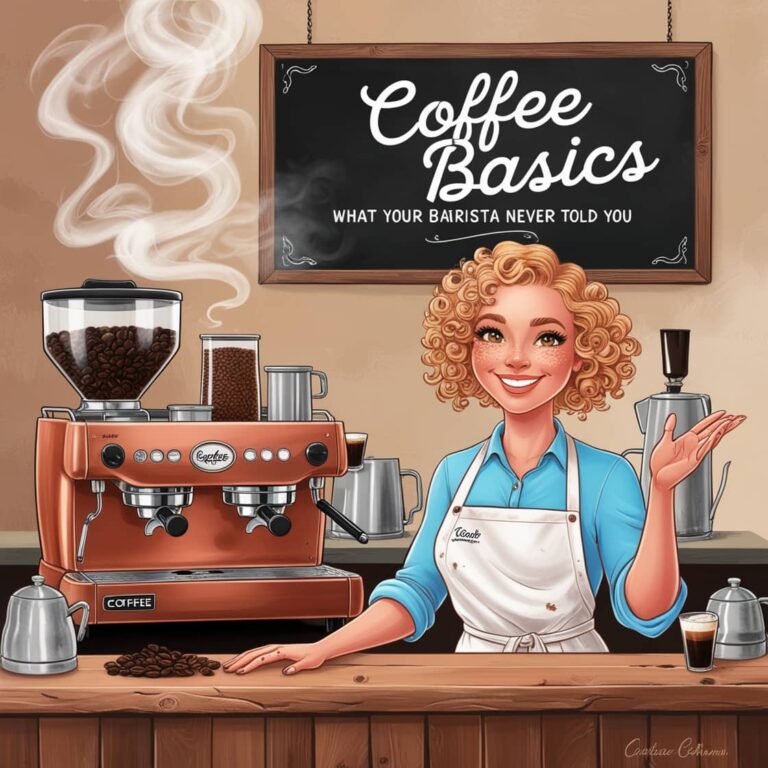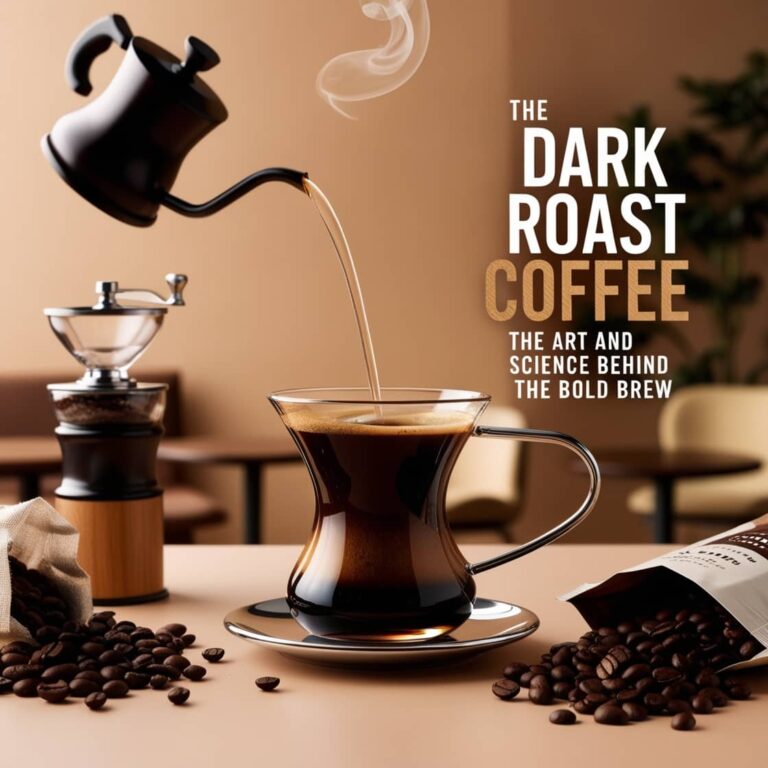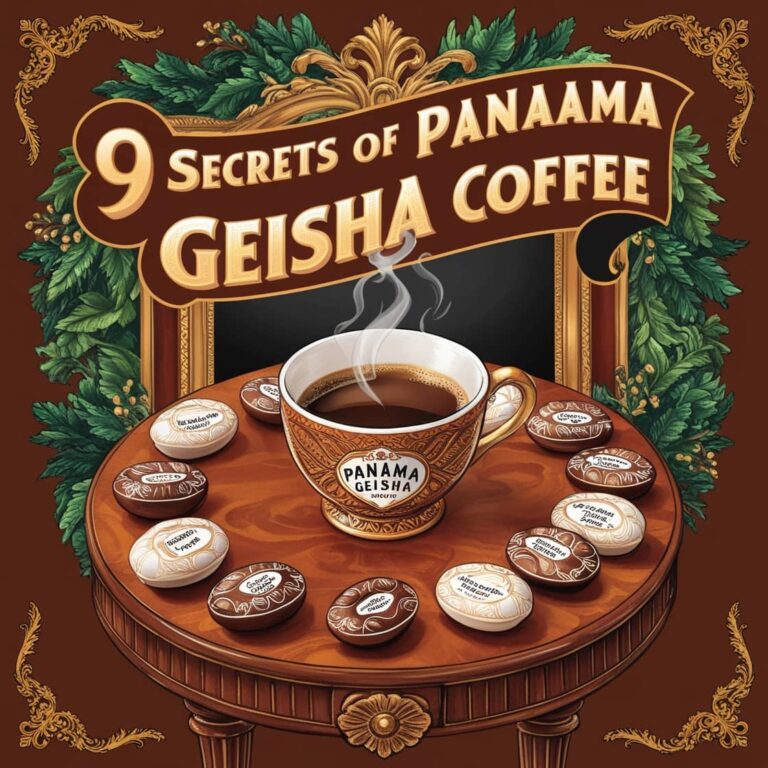Bad Coffee vs Good Coffee: 12 Essential Tips to Stop Wasting Money
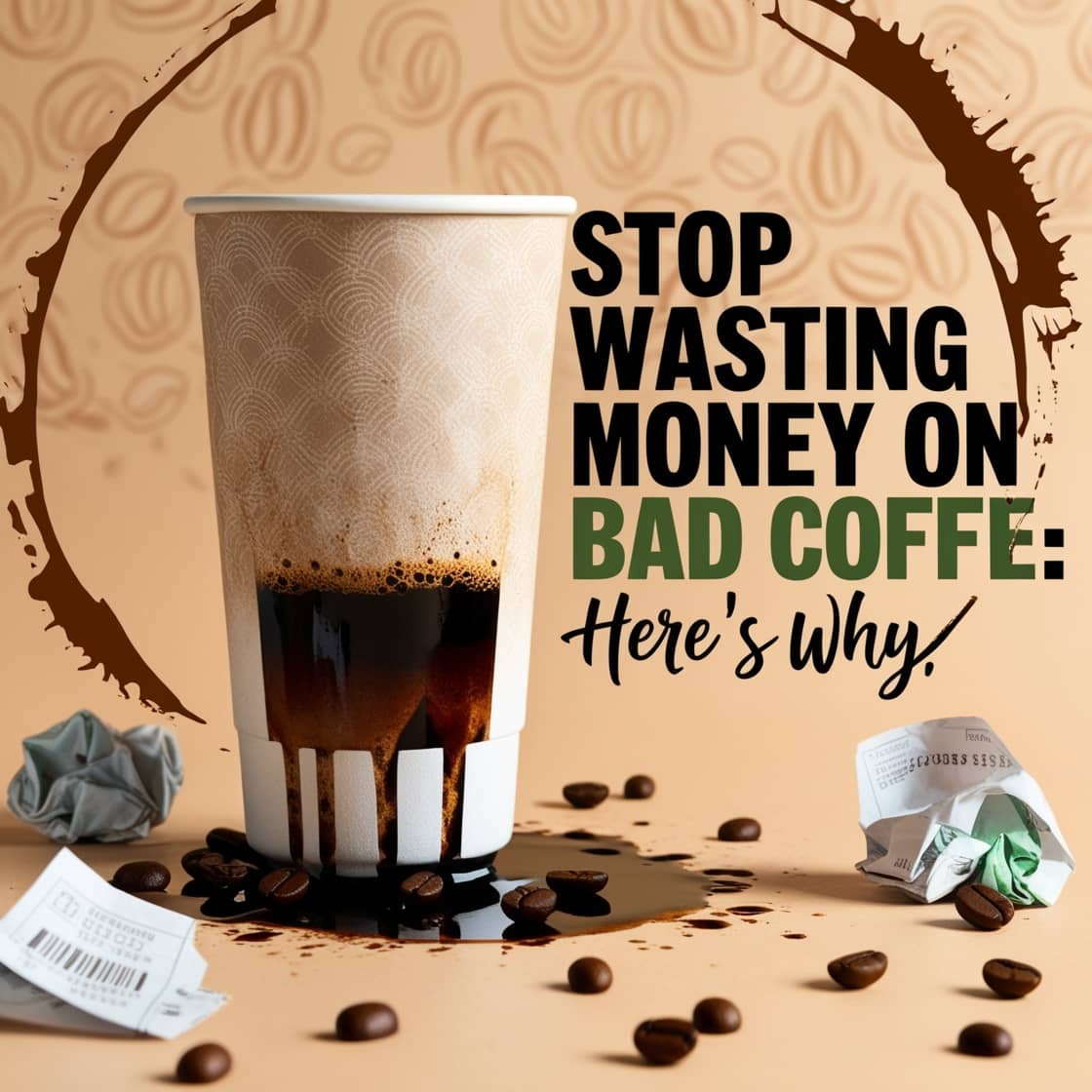
When it comes to your daily brew, the difference between bad coffee and good coffee isn’t just about taste – it’s about value, experience, and getting the most out of every cup. As a coffee industry veteran and certified Q-grader, I’ve seen countless people waste money on subpar coffee simply because they don’t know what to look for. Let’s explore why upgrading your coffee game is one of the smartest moves you can make for both your palate and your wallet.
1. The Hidden Cost of Bad Coffee: Why Cheaper Isn’t Always Better
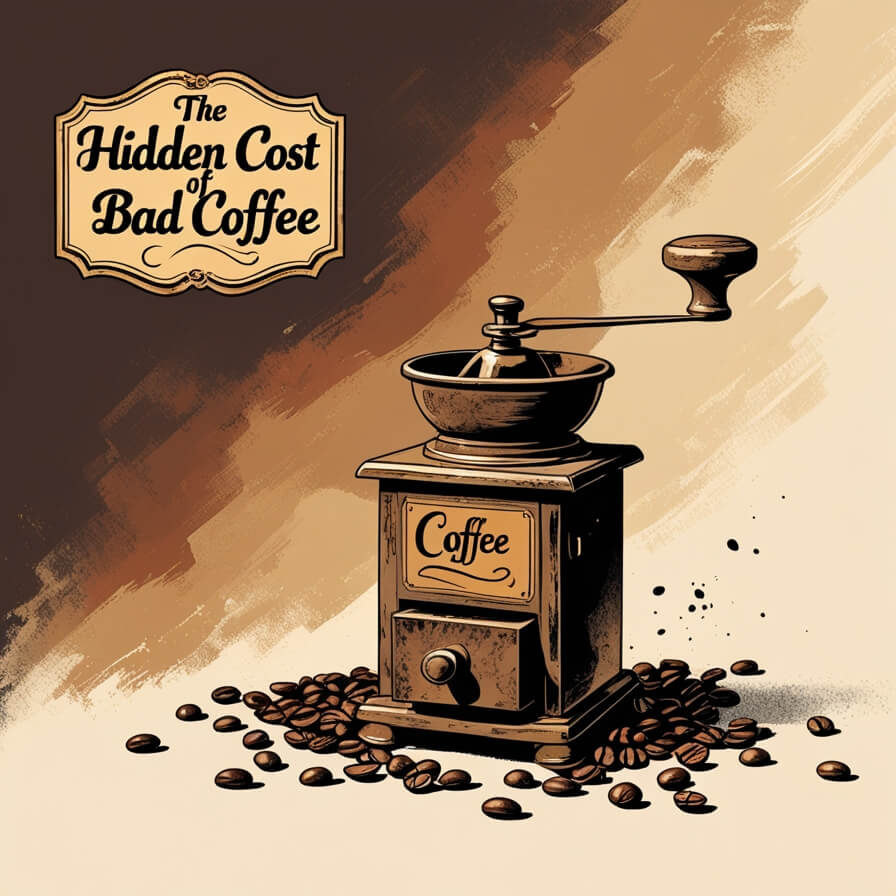
Think twice before buying cheap coffee – it’s not just about taste, it’s about value! 🤔 A quality grinder and fresh beans make all the difference. Save smart, and brew better! ✨
Many coffee drinkers fall into the trap of buying bad coffee simply because it’s cheaper upfront. However, this perceived savings often leads to hidden costs that add up over time. When you purchase low-quality coffee, you’re likely to:
– Use more grounds per cup to achieve a decent flavor
– Add more cream and sugar to mask bitter tastes
– Throw away stale beans that lose flavor quickly
– Buy additional drinks from cafes to satisfy your craving for good coffee
A pound of quality coffee might cost $15-20 compared to $8-10 for commercial grade, but you’ll often use less per cup and enjoy every sip rather than dumping half-finished mugs down the drain.
2. The Science Behind Fresh Roasts: Understanding Coffee’s Peak Flavor Window
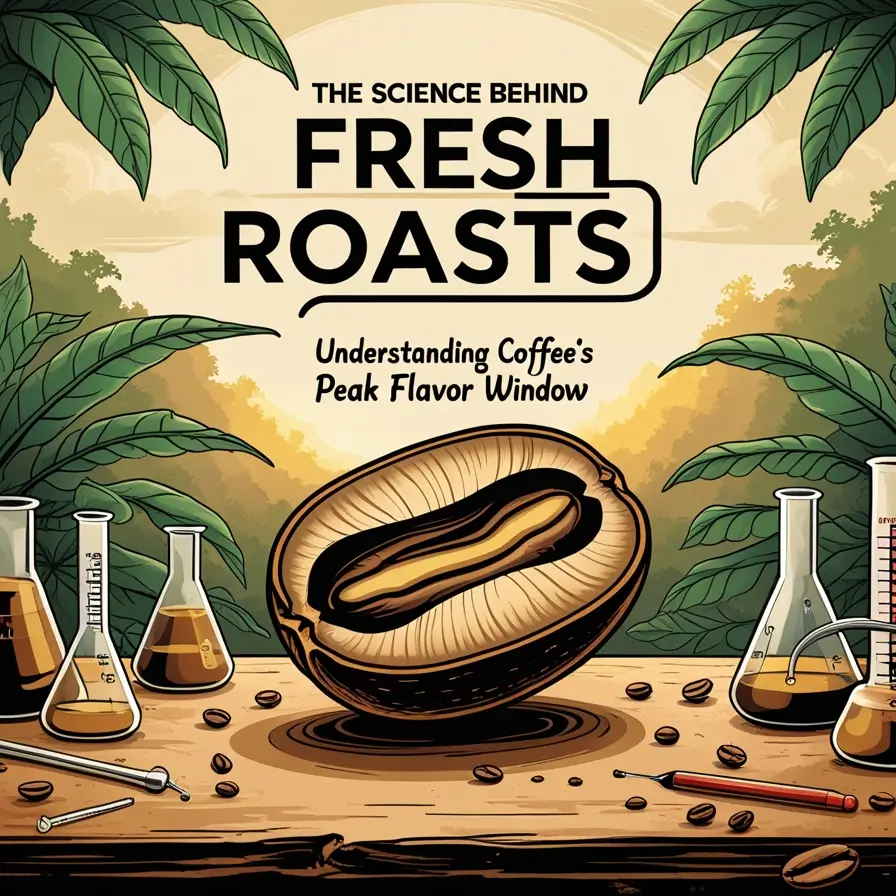
Discover how roasting transforms raw beans into liquid gold, capturing coffee’s most exquisite taste profile! #CoffeeScience #FreshRoasts #FlavorChemistry 🍃
Good coffee starts with freshness, while bad coffee often sits on shelves for months. Understanding this crucial difference can transform your coffee experience:
– Fresh-roasted coffee releases CO2 for 7-14 days after roasting
– Peak flavor occurs typically 7-21 days post-roast
– Quality roasters always include roasting dates
– Commercial coffee often uses “best by” dates that can be months or years ahead
Look for roast dates on the packaging and aim to consume coffee within one month of roasting for optimal flavor.
3. Bean Origin Matters: Single-Origin vs. Commercial Blends
The source of your coffee beans plays a crucial role in determining whether you’re drinking good coffee or bad coffee. Single-origin beans offer:
– Distinct flavor profiles specific to their growing region
– Traceability and transparency in sourcing
– Support for small-scale farmers
– Seasonal variety that keeps your coffee experience interesting
Commercial blends often mix lower-quality beans from various sources to maintain consistent but mediocre taste profiles.
4. The Impact of Processing Methods on Your Cup
Good coffee processors pay careful attention to how beans are prepared, while bad coffee often results from rushed or improper processing:
– Natural processing allows beans to dry in their fruit, developing complex flavors
– Washed processing produces cleaner, brighter taste profiles
– Honey processing creates a balanced middle-ground
– Poor processing can lead to moldy, inconsistent, or flat-tasting coffee
Understanding these methods helps you choose coffee that matches your taste preferences.
5. Roast Profiles: Beyond Light, Medium, and Dark
While bad coffee often relies on over-roasting to mask defects, good coffee emphasizes roast profiles that highlight bean characteristics:
– Light roasts preserve origin-specific flavors and brightness
– Medium roasts balance caramelization with origin characteristics
– Dark roasts develop bold, smoky flavors
– Skilled roasters adjust profiles to highlight each bean’s potential
Learn which roast profiles you enjoy most and seek out roasters who specialize in those styles.
6. Storage Solutions: Protecting Your Investment
Good coffee deserves proper storage, while bad coffee often suffers from poor handling:
– Store beans in an airtight container away from light
– Keep coffee at room temperature, not in the refrigerator
– Buy quantities you can use within 2-4 weeks
– Consider investing in vacuum-sealed containers
Proper storage ensures your quality beans maintain their superior characteristics longer.
7. Grinding Matters: The Importance of Proper Equipment
One of the biggest differences between good coffee and bad coffee lies in how it’s ground:
– Invest in a quality burr grinder
– Grind immediately before brewing
– Match grind size to the brewing method
– Clean your grinder regularly
Pre-ground coffee, no matter the initial quality, will never match freshly ground beans.
8. Water Quality: The Overlooked Ingredient
Good coffee requires good water, while bad coffee often suffers from poor water quality:
– Use filtered water with appropriate mineral content
– Avoid distilled or softened water
– Maintain proper brewing temperature (195-205°F)
– Clean your equipment regularly to prevent mineral buildup
The right water can elevate even moderate beans, while poor water can ruin excellent ones.
9. Brewing Methods: Matching Equipment to Your Coffee
Good coffee deserves brewing methods that highlight its qualities, while bad coffee often masks its defects through poor preparation:
– Pour-over highlights clarity and brightness
– French press emphasizes body and oils
– Espresso concentrates flavors and creates crema
– Cold brew reduces acidity and brings out sweetness
Experiment with different methods to find what works best for your preferred beans.
10. Understanding Price vs. Value in Coffee Quality
The relationship between price and quality isn’t always straightforward when comparing good coffee to bad coffee:
– Consider cost per cup rather than per pound
– Factor in the entire experience, not just caffeine content
– Calculate reduced waste from better satisfaction
– Account for fewer supplement purchases (cream, sugar, etc.)
Quality coffee often provides better value despite higher upfront costs.
11. Environmental and Social Impact: Making Responsible Choices
Good coffee often comes with better environmental and social practices, while bad coffee may hide problematic sourcing:
– Look for organic certification when possible
– Support fair trade and direct trade programs
– Consider shade-grown options for biodiversity
– Research roasters’ sustainability practices
Your coffee choices can impact both quality and global sustainability.
12. Developing Your Palate: Learning to Appreciate Quality
The journey from bad coffee to good coffee involves developing your taste appreciation:
– Start with cupping sessions to compare different beans
– Keep a coffee journal to track preferences
– Join local coffee tastings and workshops
– Experiment with different brewing variables
As your palate develops, you’ll find it harder to return to lower-quality options.
Conclusion: Making the Switch to Better Coffee
Transitioning from bad coffee to good coffee is an investment in your daily pleasure and overall coffee experience. By understanding these twelve key factors, you can make informed decisions that lead to better value and satisfaction in every cup. Remember that good coffee isn’t just about spending more – it’s about spending wisely on quality beans, proper equipment, and thoughtful preparation methods.
The difference becomes most apparent when you commit to quality and begin to appreciate the nuances in every cup. Start implementing these tips gradually, and you’ll soon discover why millions of coffee enthusiasts worldwide refuse to settle for anything less than excellence in their daily brew.

